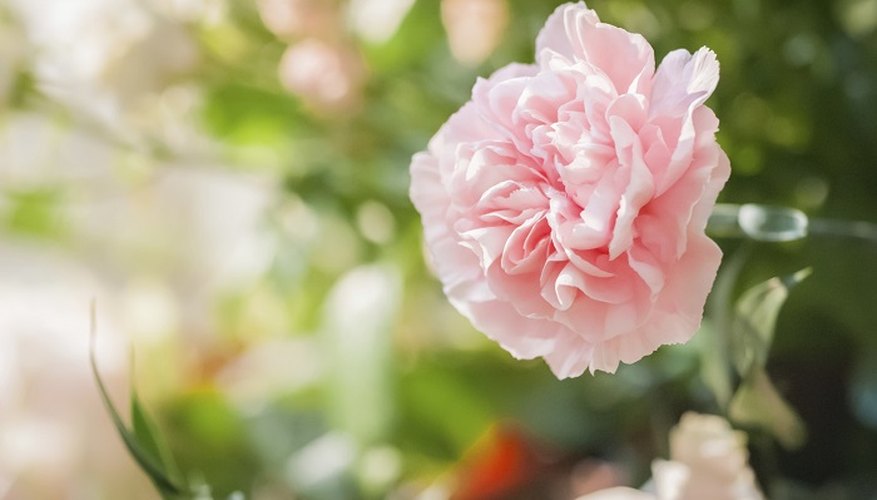Carnations are low-maintenance plants that grow up to 60 cm (24 inches) tall. They are available in annual, biennial and perennial varieties, and can be planted in the garden or in containers. While carnations require minimal trimming, they must be pruned now and then to keep them healthy. Proper pruning of your carnations will ensure that they do not grow out of control and will increase air circulation around the plants, reducing the risk of disease.
- Carnations are low-maintenance plants that grow up to 60 cm (24 inches) tall.
- While carnations require minimal trimming, they must be pruned now and then to keep them healthy.
Check your carnations for signs of disease, and remove any dead or dying stems or flowers. If there is extensive evidence of disease or insect infestation, you can treat the plant with insecticides or fungicide.
Remove spent flowers before they form seeds. This prevents them from seeding all over the planting area and keeps them from growing over other plants in the environment. This is best done when the blooms begin to fade.
Cut new flower buds from your carnations to encourage bigger blooms. The buds can be taken indoors and used for decorative purposes in a vase or other container.
- Cut new flower buds from your carnations to encourage bigger blooms.
- The buds can be taken indoors and used for decorative purposes in a vase or other container.
Thin out and divide the root system of your carnation plant to stimulate new growth and restore vigour to the plant. Root pruning should be done in spring or autumn.
Support growing stems to keep them upright. This is especially important for taller varieties. Make certain there is sufficient space around new stems for sunlight, penetration and air circulation.
